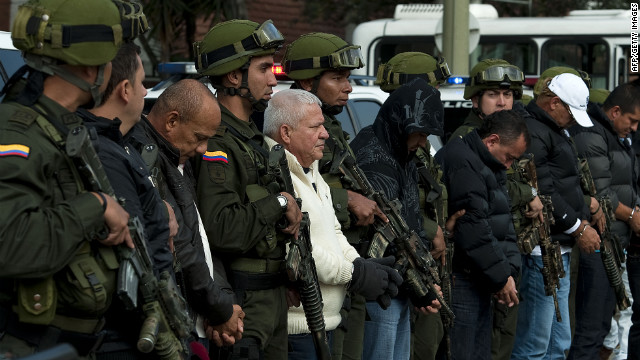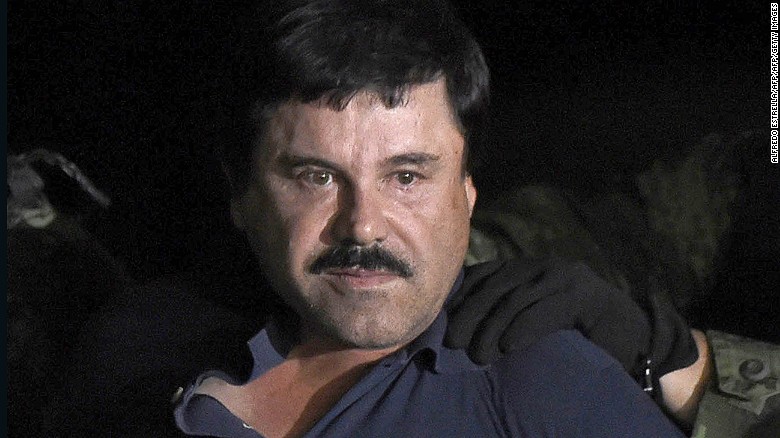
Russian ‘Cyber Troops’: A Weapon of Aggression
Eurasia Daily Monitor: Speaking to the Russian parliament (Duma) last February, Russian Minister of Defense Sergei Shoigu announced the creation of “information operations troops” (“cyber troops”) within the Armed Forces. He emphasized that state “propaganda should be smart, accurate and effective” and that that these new formations “will be much more efficient than the ‘counter-propaganda’ department that operated during the Soviet period” (TASS, February 22). It is dubious, however, that the responsibilities of “cyber troops” will be reduced solely to “propaganda.” Rather, it seems that this unit is to become the main tool of Russia’s offensive cyber operations as a part of “information warfare.” The official history of the Russian cyber troops goes back to 2012, when Dmitry Rogozin (at the time heading the Russian Foundation for Advanced Research Projects in the Defense Industry) addressed the issue publicly for the first time. In 2013, an anonymous source confided that formations of this kind had been established under the umbrella of the Russian Armed Forces (RBC, February 22), but at the time there was no solid evidence available.
Then, in April 2015, the official state news agency TASS reported that a unit of Russian “information operations forces” were deployed to the territory of the Crimean Peninsula (TASS, April 17, 2015). Nonetheless, in the meantime, the Russian side continued to deny the existence of cyber troops. For instance, in January 2017, the first deputy director of the Russian Duma Defense Committee, Alexander Sherin, claimed that “Russia does not have such formations.” Similar statements were made by top-ranking Russian officials related to security and mass communications, such as Viktor Ozerov and Alexey Volin (Interfax, January 16). This silence was interrupted only by Defense Minister Shoigu’s official announcement in February. Commenting on the main tasks of the cyber troops, Franz Klintsevych, a high-ranking member of the Russian Federation Council (upper house of parliament), identified the disclosure of subversive activities by foreign intelligence services in electronic, paper and TV media outlets. He suggested that the cyber troops would deal with such hacker attacks as their main responsibility. But this assessment fails to fully reflect the true essence and tasks of the new unit. According to Yaakov Kedmi—who used to head Nativ, the former Israeli intelligence service charged with facilitating the immigration of Jews from the Soviet Bloc—“cyber troops” exist in “all serious armies” and are subordinated to their respective defense ministries. Their main tasks are “propagandist” (propaganda and counter-propaganda) and “operational” (activities designed to distract the adversary by providing false information). Yet, he also highlighted that so-called “political propaganda” falls outside the range of responsibilities for such formations (Kommersant, February 22).
Another revealing bit of information on the secretive cyber troops can be found in research conducted by Zecurion Analytics, a Russian software company established in 2001. According to a report the firm published several months ago, Russia may be placed in the top five countries with the “most powerful” cyber troop units, in terms of the number of personnel employed (which Zecurion Analytics estimates at approximately 1,000) and financial expenditures (around $300 million per annum). The company’s head, Vladimir Ylianov, has stated that the main tasks of Russian “cyber troops” include espionage, cyber attacks, and informational warfare (Kommersant, January 1). This assessment, however, also may underestimate the real capabilities of these cyber forces. Thanks to introduction of so-called “research units,” Russian cyber defense is inseparable from the Armed Forces and its resources, which exponentially increases its offensive potential (see EDM, November 30, 2016).
A somewhat different opinion was expressed by pro-Kremlin cyber security specialist Igor Panarin. He hopes that the creation of the cyber troops will allow Russia to overcome its inferiority in the cyber domain compared to other countries, like the United States, and beef up its offensive capabilities. According to the expert, the 2008 Russian-Georgian War in fact demonstrated that Russian failed to act efficiently when it came to offense, and it instead relied on “defense and containment” in its cyber operations. Panarin suggested that unlike the Department of Information and Mass Communication, which was created under the umbrella of the Ministry of Defense in 2016 and tasked with defensive activities, the cyber troops—which could and should act in concert with the Federal Security Service (FSB) and the Foreign Intelligence Service (SVR)—will be specifically charged with conducting offensive operations in the “cyber sphere” (kiber prostranstvo) (Militarynews.ru, February 22). If accurate, this demonstrates Russia’s continuing development of offensive cyber capabilities and a delineation between “cyber” and “information” operations.
Related reading: 3 of 4 Zero-Days Microsoft Patched Yesterday Were Used by Russian Cyberspies
Panarin also outlined a number of supplementary steps Russia needs to take, which included the following elements (Vz.ru, February 28, 2017):
1. The establishment of a State Council (that is to include various governmental structures, public diplomacy organizations, media sources, representatives of business, political parties and non-governmental organizations) tasked with issues related to “information confrontation” (informatsionnoye protivoborstvo—understood as a struggle in the information sphere with the broad aim of achieving information dominance over one’s opponent);
2. The establishment of a position of a “Presidential Advisor” on information operations, tasked with the coordination of informational-analytical units connected with the “cyber troops,” the Ministry of Defense, FSB, Federal Protective Service (FSO), SVR and other key ministries;
3. The creation of a media holding—based on existing media resources of Russian TV Channel One, All-Russia State Television and Radio Broadcasting Company (VGTRK), RT and others—subordinated to the Ministry of Foreign Affairs of the Russian Federation. It is imperative to copy the US experience while implementing this initiative, Panarin alleged; and finally
4. The formation of separate centers of information operations pertaining to the FSB, FSO and SVR. Panarin’s suggested program should be seen as an extremely ambitious and far-reaching strategy, fully complying with the steps and activities already conducted by the Russian side in the domain of cyber security and information operations. Within this development of the country’s cyber capabilities, the Russian cyber troops should be seen mainly as an offensive operations force, and not as a defensive mechanism.
–Sergey Sukhankin
For reference, here is the testimony before
THE SELECT COMMITTEE ON INTELLIGENCE DISINFORMATION A PRIMER IN RUSSIAN ACTIVE MEASURES AND INFLUENCE CAMPAIGNS


 CNN
CNN